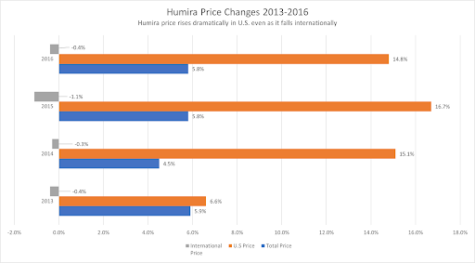The Superior Swimming Stroke
Butterfly is the dominant stroke in swimming.

Butterfly is surely the greatest, yet hardest swim stroke.
February 3, 2023
The butterfly stroke is a grueling but effective swimming stroke. Whether or not you swim, you can likely tell that this stroke is incredibly difficult to learn and harder to master. It is without a doubt the most arduous, but most powerful, swimming stroke because of the extensive utilization of muscles throughout the body.
My Actives says that the most challenging swimming stroke is butterfly because it requires both precise technique and excellent rhythm. It is perhaps the stroke with the most visually pleasing combination of strength and delicacy. Additionally, it is challenging to continuously push your arms through the water, which will eventually force you to drag them over the water while having to hold a smooth, precise body motion. This is also the main reason the 200 butterfly is known as one of the most exhausting events to swim.
USMS states that the stroke itself can burn up to 450 calories per 30 minutes. Swim Gym explains that butterfly can aid in increasing hip flexibility. When swimming butterfly, your core muscles must work harder to maintain balance as your arms and legs are concurrently moving. To raise both of your arms out of the water and above your head, you must also use your chest and upper back muscles. Butterflyers can even reach a peak speed that is faster than freestyle if they consistently use the right body motion and pull. This is due to the fact that butterfly involves a double arm pull, and, with the right timing, a powerful kick can help you move far and quickly.
This stroke not only strains your muscles, but also tests your stamina and bravery. Butterfly is difficult, but with sufficient practice, it can be demonstrated to be the most powerful and dominant stroke.


















